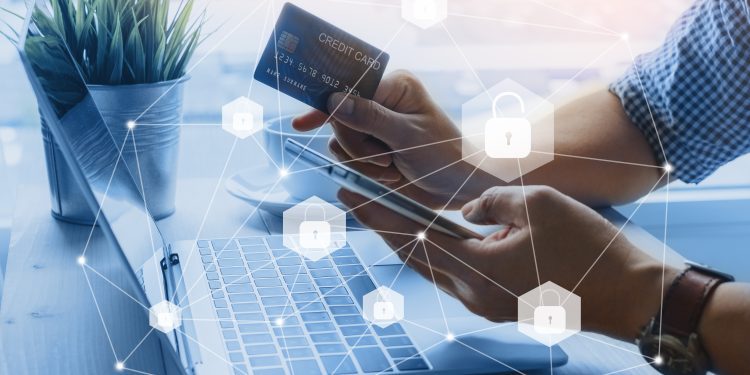There’s been a lot of chatter about a potential recession this year. But it hasn’t come yet, and there’s some doubt about whether it will at all. Part of the confusion is that the economic signals that typically predict an upcoming recession are ambiguous.
Ben Danner, Senior Research Analyst at Mercator Advisory Group and author of the recent The Credit Card Data Book: Part One, Environmental Factors report, explains how credit card usage data is providing mixed signals about the health of the American economy.
According to Danner, credit card spending increases are seen as a positive indicator for the economy, as customers have more money to spend. By that measure, the economy seems to be doing reasonably well right now. According to data cited in the report, 2022 was the best year on record for number of credit card transactions and amount spent, as shown in Mastercard and Visa network data.
“2021 was a particularly strong year for credit card performance, but we’ve seen a normalization towards pre-pandemic levels,” said Danner. “We are expecting performance to continue deteriorating throughout 2023 from 2022 levels, which means profitability will be more in line with pre-pandemic levels.”
Credit card spending is a good proxy for the overall economy, as macroeconomic factors such as interest rates and unemployment rates all contribute to it.
“The central bank uses the interest rates as a tool for monetary policy, to try to control inflation,” said Danner. “The trend we’ve noticed in 2022 has been the Fed increasing the prime rate. The banks have responded by increasing their credit card interest rates. Making it a lot more expensive for consumers to rollover debt.”
And all of that affects credit card spend rates downstream.
Another key metric Danner addressed in his report is the personal savings rate, which has been very low recently, and poses some concern. “People might be spending a lot of money right, but they’re not really saving it,” he said. “A low savings rate paired with a bunch of other factors can really indicate that the economy is strained. If the economy does really start to downturn and go sour, people are not going to have any emergency funds.”
Learn more about how macroeconomic conditions have shaped the current credit market, and what conditions will be like for the market this year from our recent The Credit Card Data Book: Part One, Environmental Factors report. It comprises the first part of a two-part annual series called the Credit Card Databook. Part one of the report examines macroeconomic conditions such as inflation, unemployment rates, and GDP to understand U.S. consumers’ financial health better as it relates to credit products.











